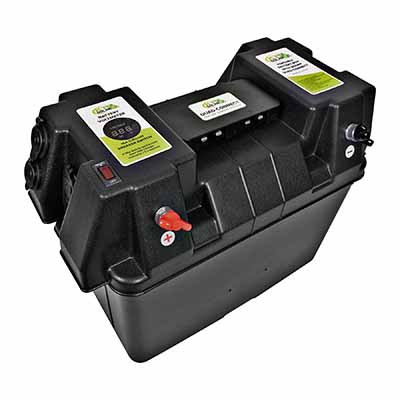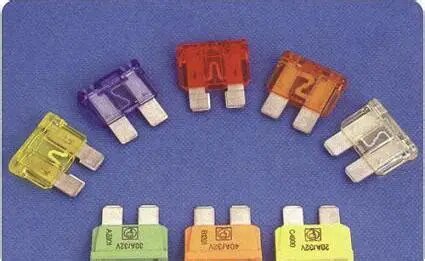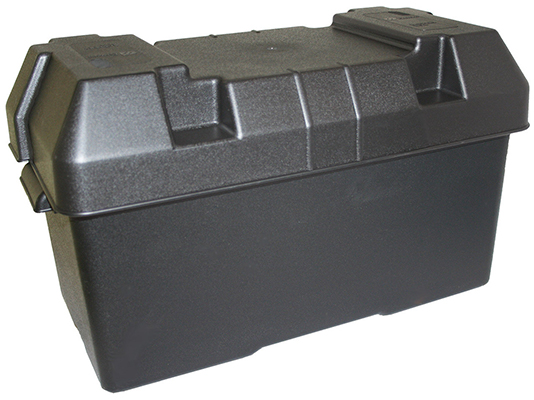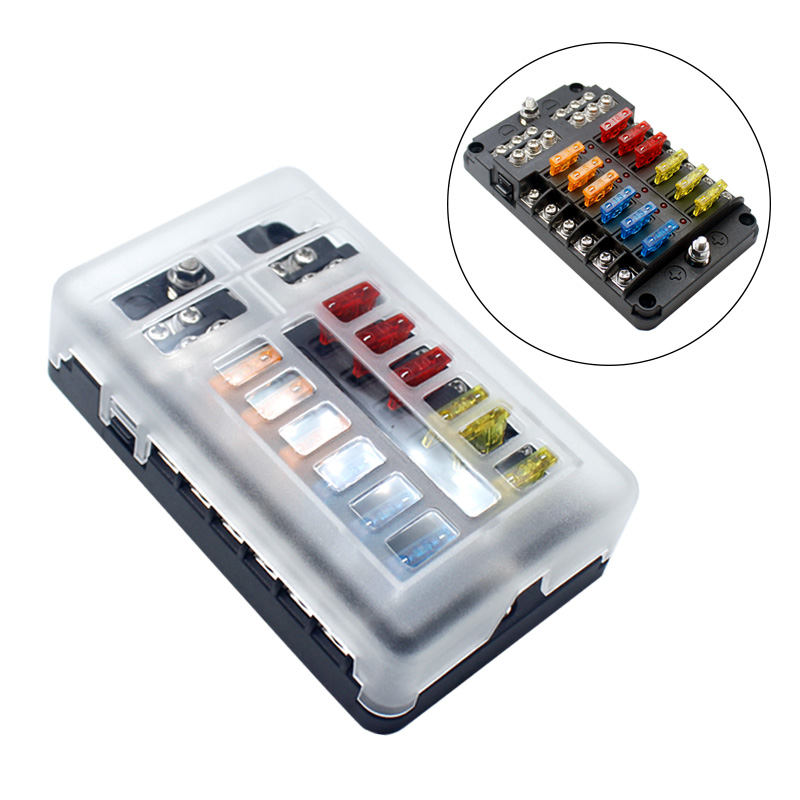Optimizing Automotive Battery Performance: Insulation Advantages Amid Extreme Temperature Fluctuations
News 2025-10-20
Car battery box insulation plays a crucial role in maintaining optimal performance for vehicles exposed to extreme temperatures. In regions with severe weather, batteries can suffer from reduced efficiency or failure due to heat or cold stress. Effective insulation helps mitigate these issues by stabilizing internal temperatures, ensuring reliable operation and longevity. This is particularly important for electric and hybrid vehicles, where battery health directly impacts range and safety. By focusing on high-quality insulation materials, manufacturers can enhance overall vehicle reliability in challenging environments.

Protecting Batteries in Freezing Conditions
Insulation is vital for preventing battery degradation in cold climates, where temperatures can drop below freezing. In such scenarios, uninsulated batteries may struggle to hold a charge or deliver power efficiently, leading to starting issues or reduced driving range. Quality insulation materials, such as foam or aerogel, create a thermal barrier that keeps the battery warm, promoting consistent chemical reactions. This not only improves cold cranking amps but also extends battery life by reducing the strain from thermal shock. For electric vehicles in snowy regions, this means better performance and fewer roadside failures, making insulation a key factor in dependable transportation.
Enhancing Safety and Efficiency in High Heat
In extreme heat, battery box insulation prevents overheating, which can cause accelerated wear or even thermal runaway in lithium-ion cells. By minimizing heat absorption, insulation maintains a stable operating temperature, safeguarding against potential fire hazards and maintaining energy efficiency. This is especially beneficial in applications like delivery vans or off-road vehicles that operate in desert-like conditions. Insulated battery boxes can reduce internal temperatures by up to 20 degrees, leading to longer cycle life and lower maintenance costs. Overall, this contributes to safer, more efficient vehicles that perform reliably across diverse temperature extremes.
Frequently Asked Questions
1. What materials are commonly used for battery box insulation?
Answer: Common materials include polyurethane foam, fiberglass, and advanced aerogels, which offer high thermal resistance and durability.
2. How does insulation affect battery lifespan in extreme temperatures?
Answer: It can extend battery life by 20-30% by maintaining optimal temperatures, reducing degradation from heat or cold cycles.
3. Is battery box insulation necessary for all vehicle types?
Answer: It’s essential for electric and hybrid vehicles but also beneficial for conventional cars in regions with frequent extreme weather.


